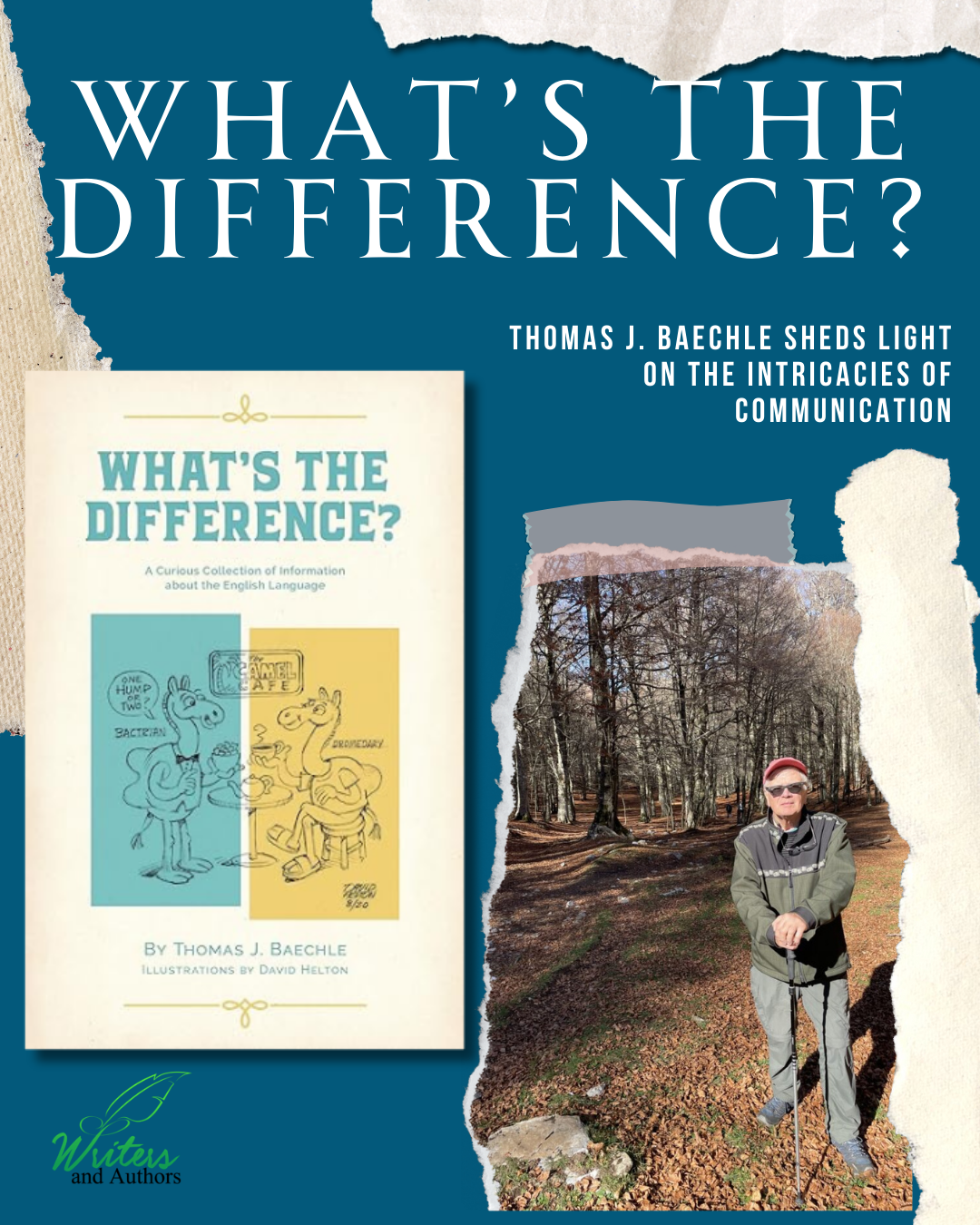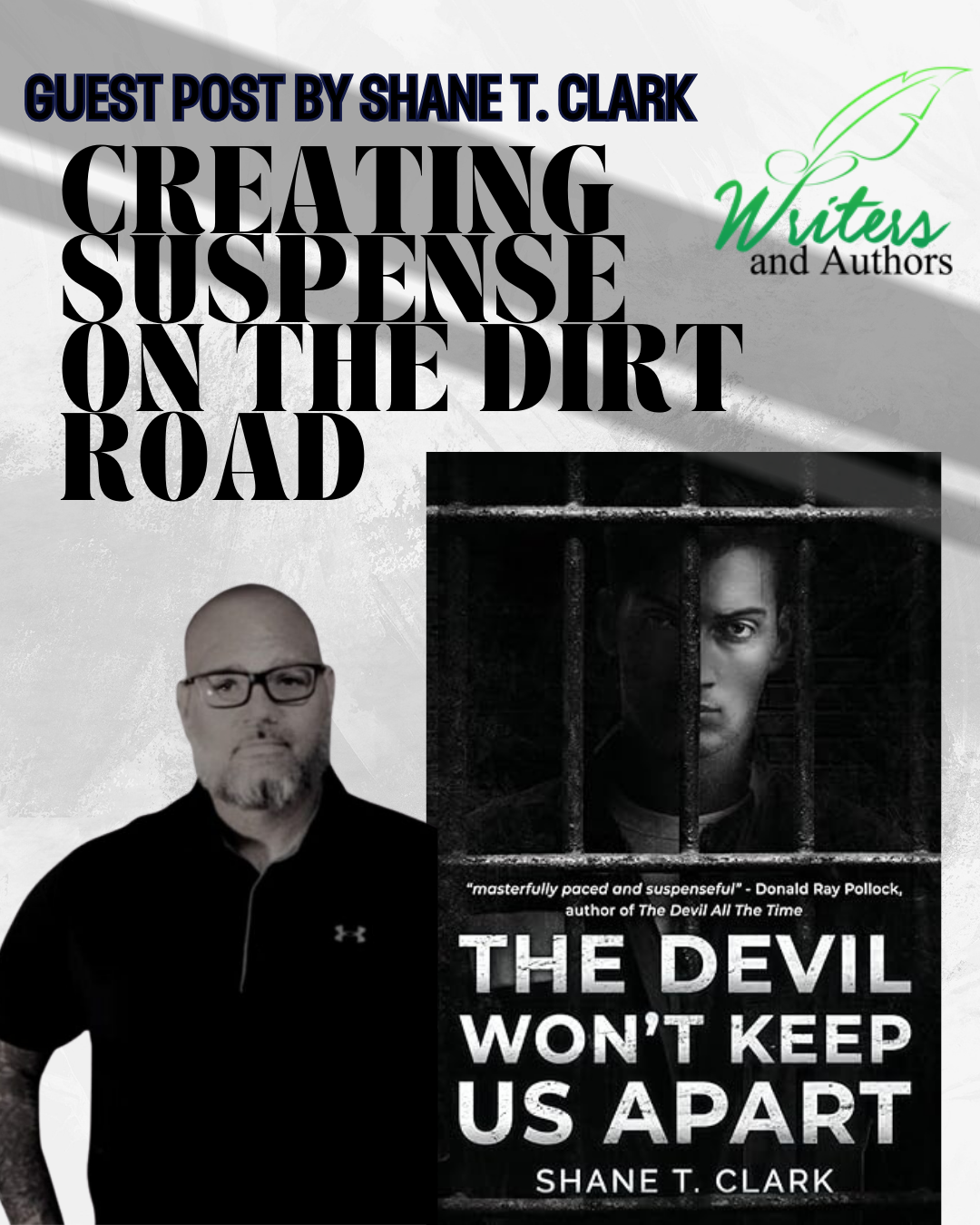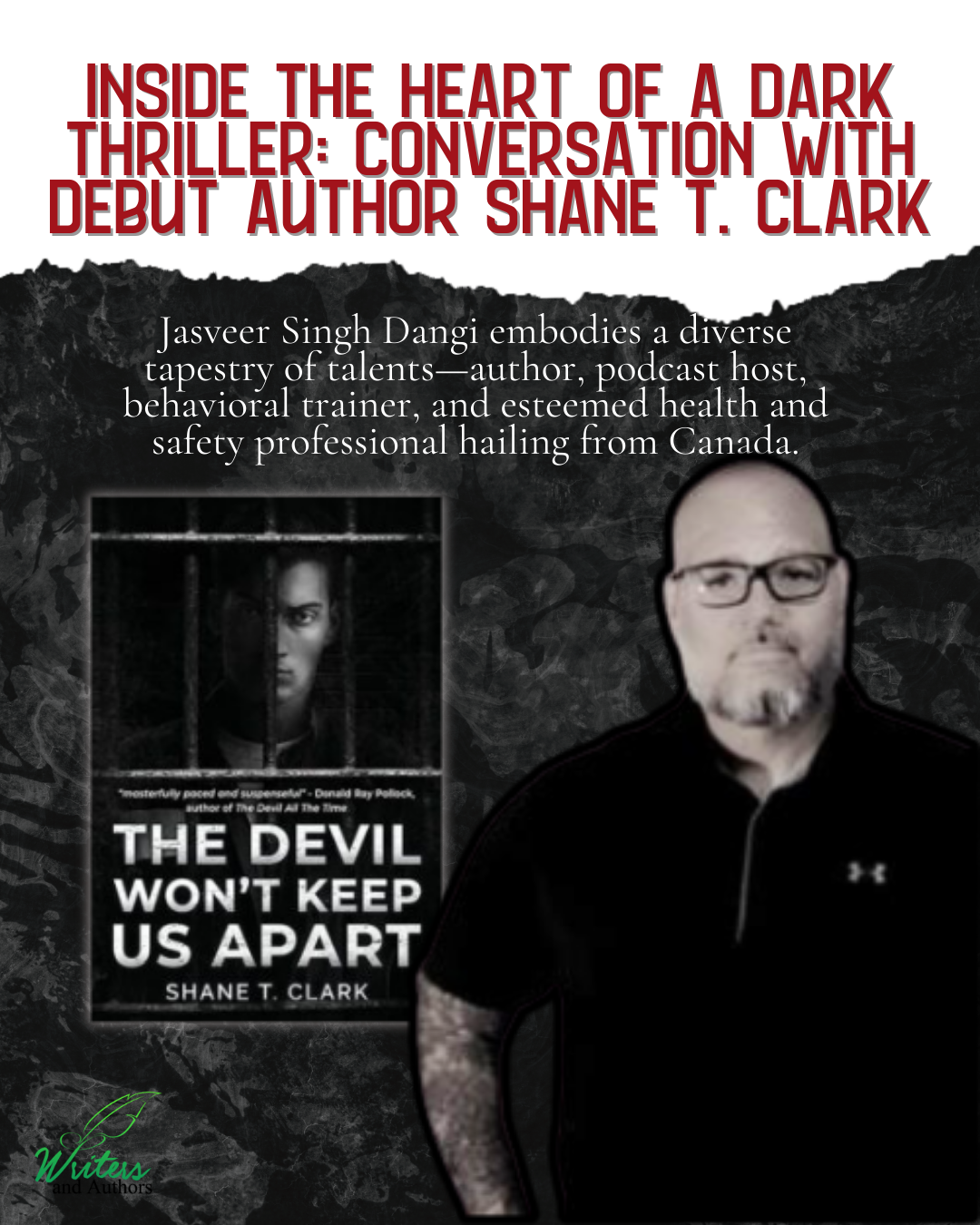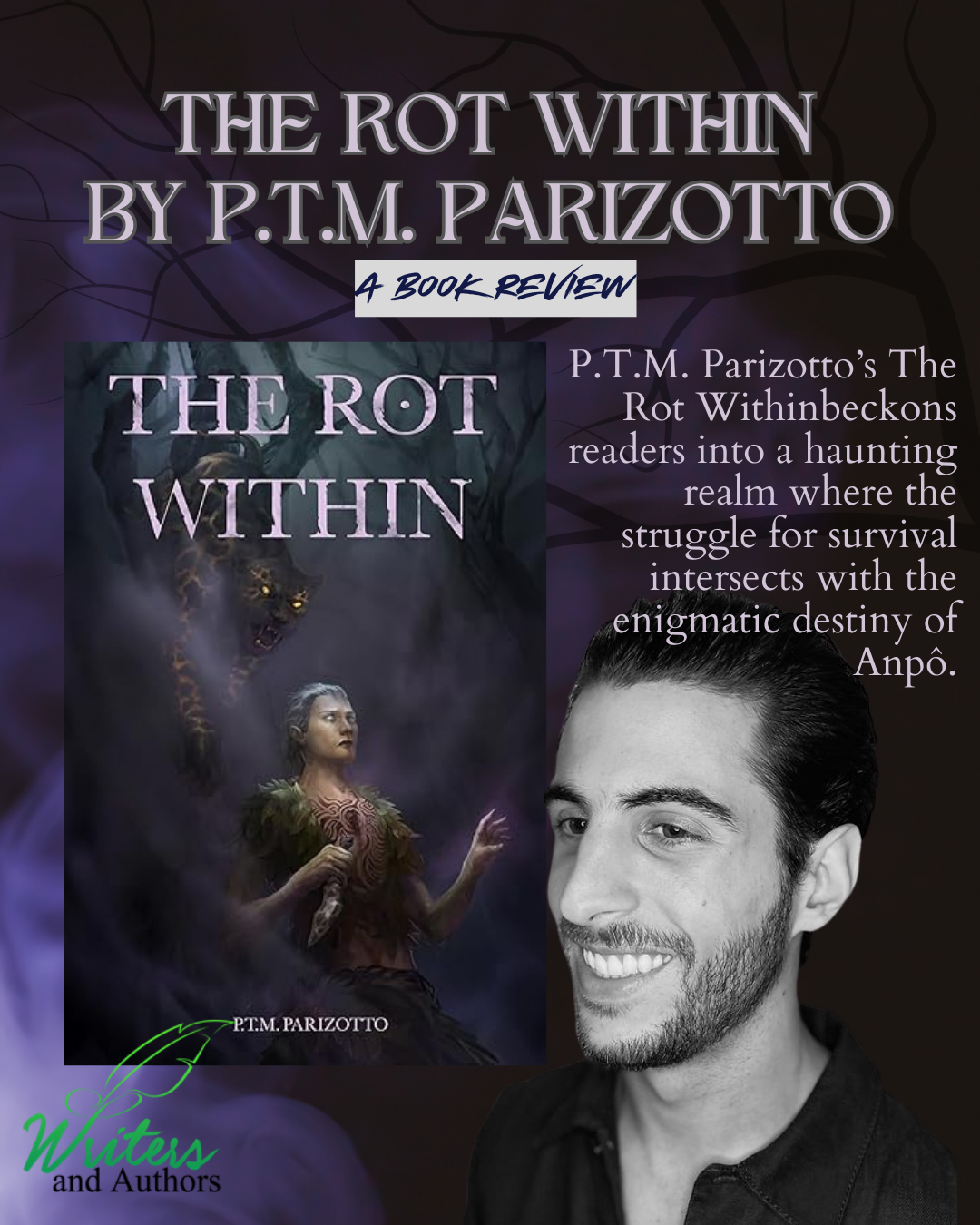A fantastic method to transform your experiences into something fresh and impactful is to use your life as the basis for a fictitious book. Many great fiction authors use the tried-and-true technique of retelling and altering real stories to create classic fictional stories. This article shows how you can smoothly turn a real historical character into a fictional story.
Fictionalizing Real Historical Characters
Here are a few tips you should apply while turning your real historical character into fiction.
-
If the subject is famous, it’s more difficult
There is a tone of research to comb through when selecting an iconic character about whom several biographies have been produced.
To ensure that the novel is more than just a rundown of the actions taken by your hero or heroine, you must be ruthless about what you omit and wrestle the crucial details into a narrative arc with dramatic tension.
It’s simpler if you pick a limited period and a particular sector of the subject’s life:
It started with the evening in 1921 when the women decided to create a bridge group because, in The Manhattan Girls, people emphasize the women’s bonds with one another (true story). Incorporating more information on the Algonquin Round Table men, Dorothy’s writing, or her latter years would have made the book too long; instead, it is secondary to the plot.
-
Mention correct details about important things
“You can argue that Hitler won the Second World War, but you can’t say that Green Park is on the Northern line,” wrote Frederick Forsyth once. (It’s not, for those unfamiliar with the London Tube system.) People always acted on this counsel.
-
Never underestimate the living
Although you cannot slander the recently deceased, you should be mindful of any potential living relatives or supporting cast members.
In The Affair, PEOPLE wrote about the 1963 Cleopatra filming in Rome and featured Rosemary Matthews, a production assistant, as a supporting character. Matthews was having an affair with Joseph Mankiewicz, the film’s director.
-
The story you wish to write is here
People are aware that some authors of historical fiction communicate with the living relatives of their characters, and these relationships may be quite rewarding and successful.
People with experience in nonfiction publishing have ghostwritten memoirs for celebrities, but due to family involvement, some of the most compelling details have to be excised from these works.
-
Select topics you are interested in or admire
With the topics, you’ll be spending a lot of time. Wallis Simpson and Maria Callas come to mind as examples of women I’ve written about who was accused by the media during their age.
However, PEOPLE took the approach of removing the harsh exterior to reveal the individuals. People would have enjoyed interacting.
-
Readers appreciate an author’s note
Even though they may contain spoilers, people often read these first in other authors’ novels. Before people begin, people want to know how much of what I’m about to read is accurate.
Even if the front cover’s designation as “A Novel” makes a lot of things excused, people usually admit at the end what is true and what is not because they don’t want to be accused of inventing history.
The Bottom Line
Turning a historical character into a fictional story is not an easy task. Still, if you imply all these rules mentioned above, it’d be a great help for you to write a fantastic fiction on a real true character.
Get in touch with Writers and Authors to avail of outstanding services like book reviews, author interviews, marketing services, author website services, and many more.





















